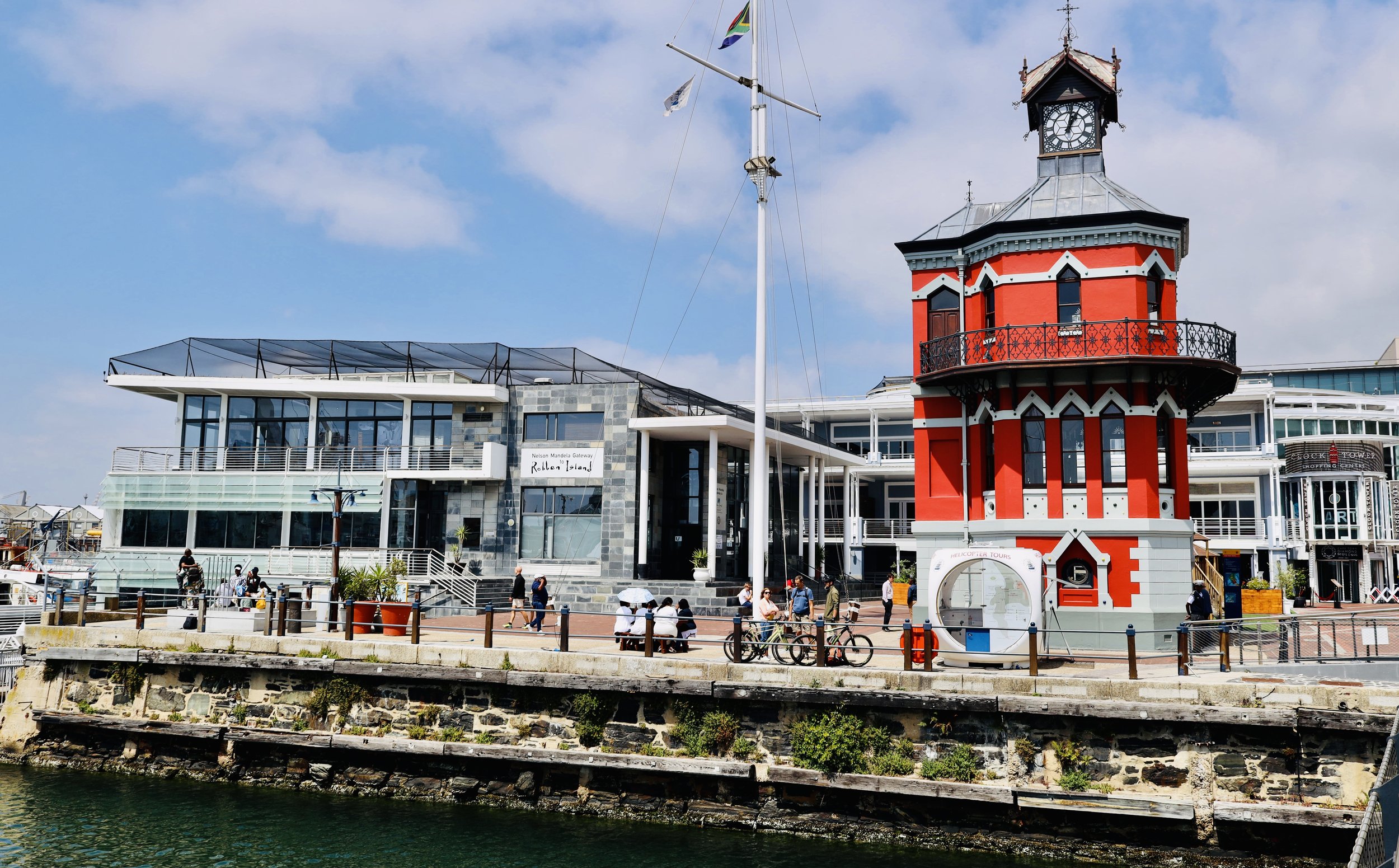After a week of camping in Kruger National Park, it came as a relief to finally arrive in coastal Cape Town. South Africa’s oldest city provided a welcome break from the heat, a chance to relax and restock on supplies, and the creature comforts of a plush hotel room.
Built in the shadow of Table Mountain, Cape Town lies between the cool Atlantic and warmer Indian oceans in a natural harbor that’s provided sailors a safe haven for centuries. Though the Western Cape was initially colonized by Dutch settlers, the British took over in the 19th century. By then, the fledgling colony also benefited from French, Indian, and West African influences.
Fast forward to the present day, and Cape Town still retains a cosmopolitan flair. The downtown waterfront hosts a vast array of shops, upscale eateries, and galleries, including the Zeitz Museum of Contemporary Art. Housed in a converted grain silo, this unique space holds a sprawling collection of works by contemporary African artists.
After a few days of absorbing the atmosphere — and a healthy amount of local vino — we were keen to test our fitness. With just a few months before climbing Mt. Kilimanjaro, Table Mountain provided the perfect opportunity to stretch our legs and soak up views of the sprawling city and coast. It’s even possible to spot Robben Island— the infamous prison where Nelson Mandela and other opponents of Apartheid regime were held — on a clear day.
We followed a circuitous route around the mountain that offered stunning views of Camps Bay and the Atlantic Coast. Unfortunately, by the time we reached the summit, a thick sea of clouds blanketed our view. After the clouds lifted - a few days later - we joined a line of curious tourists and boarded the short ferry ride to Robben Island. Our tour was guided by a former political prisoner who shared insights into daily life and the grueling conditions Mandela faced during his 18 years on the island.
We didn’t expect our time in Cape Town would feature much wildlife, but this is Africa — and doesn’t take much effort to encounter local animals. From South African fur seals lounging in the harbor to the birds and lizards on Table Mountain, unique critters were everywhere. Our most adorable wildlife encounter occurred on Boulders Beach, where we observed a colony of hundreds of African penguins. The tiny chicks were adorably fluffy, while older siblings had started to shed their baby fuzz leaving them with some unique hairstyles!
Most penguins are found in colder Antarctic waters, but African penguins — like their warm water cousins in the Galapagos — cling on thanks to cool currents of nutrient-rich waters arising from the Southern Oceans. Sadly, as climate change raises ocean temperatures around the globe, Cape Town’s penguins have found themselves on the endangered species list. Local projects — like building dedicated viewing platforms to protect breeding habitats — have helped, but this adorable bird is just one of many species continually threatened by climate change.
Before leaving Cape Town, we met up with the guides and fellow travelers joining us for the next stage of our overland trip to Victoria Falls. We spent the first night with our new friends camping in South Africa’s Klawer Wine Region, where we enjoyed a selection of delicious wines with sweeping views across the valley. It was a fitting end to our time in South Africa. Early the next morning, we packed up our tents, loaded the bus, and crossed the border into Namibia.
By Tom Mountford






